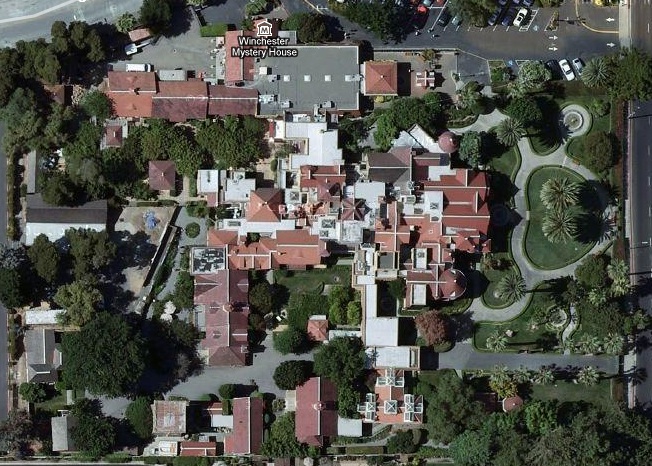Why so many people are sticking to Windows 7
/Who upgraded to Windows 8 from Windows 7 and wished they hadn't bothered? If you put your hand up, you share the same point of view with 90 percent of the population of Microsoft customers. Unfortunately change isn't always a good thing and while I would never suggest the new operating system is as bad as Vista, which had a lot of odd functions and stability issues, there are still complications with the implementation of the entire thing. In short: the system isn't simple like Windows 7.
UI designers often fail to take the millions of novice computer users into account when creating new software or designing new websites. Dragonfish Total Gaming Services, the independent B2B arm of 888 Holdings and developer of games on bubblebonusbingo.com, takes great care to create a product that transmits well no matter what platform customers are playing on, creating websites that can easily be navigated by a few clicks of a mouse or swipes of a finger. Microsoft, on the other hand, seems to forget that novice computer users still exist. What are the problems which have caused many to revert back to Windows 7?
The desktop
People still using desktop computers can't boot their system's straight to the desktop. Instead the operating system forces you to start from the metro screen in the same way as a tablet. While that's fine for a touch screen device, it's far simpler for a desktop user to work from the desktop menu. Microsoft have made sure they can't do this though, which makes their experience on the computer time consuming and irritating.
Searching
If you want to search for a program or file in Windows 7, you can scan the whole system with a quick query in the search bar which will bring up similar results to the word you searched. Microsoft has added an additional step in Windows 8 though. It searches your installed applications by default. Only afterwards can you click Settings or Files if you want to look for something else.
Start menu
The Start menu is not as it was. Since its start in the 1990s the Start menu has been a handy tool for every user, and its uses grew and grew. The most sophisticated Start menu of the lot is on Windows 7, with more functions, short-cuts and accessibility than ever before. Microsoft have since removed the Start menu from Windows 8, and users can now only use a cut-down version called “Simplified Start”.
Interfaces
The two interfaces of {Windows 8} don't gel well. It's like you're on two separate computers on the same piece of technology. For example, there are two versions of Internet Explorer, and when you create a Favourite in the Desktop version, it won't appear in the Metro version. It's sloppy planning.
In conclusion, I think it is safe to say that Microsoft should have only released Windows 8 for tablets and any other mobile devices. It just doesn't work well on a desktop. At least with a tablet you can swipe your finger across and tap at the screen to get where you want. On a desktop you're still using a mouse and keyboard, so the whole endeavour just gets irritating and clunky.





